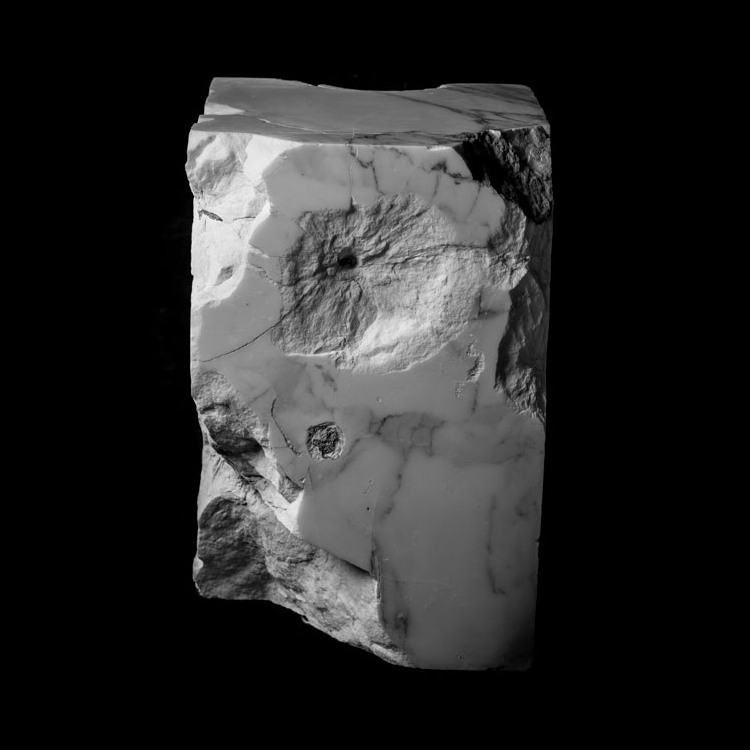On Stoning
A primitive form of capital punishment, still performed in some countries, dictates that the perpetrator of a specific crime must be executed by means of stoning carried out by a mob.
The biblical myth of David and Goliath narrates how a young shepherd defeated a giant using a slingshot and stones.
Lithobolia was an ancient Greek annual festival that commemorated the stoning to death of two foreign virgin goddesses, Damia and Auxesia. They represent the foreigner, the passer-by who often plays a role in the harvest festivals; the lapidation is a sacrificial rite.
Once a year, Muslims from all over the world gather in Mina, a city east of Mecca. They engage in a ritual of throwing pebbles at stone pillars, thus re-enacting Abraham’s defiance of the Devil’s temptation.
During violent civilian demonstration and asymmetric warfare, the unarmed population often resorts to throwing stones at authorities as a protest.
Rock formations of various dimensions travel at high speeds in outer space.
When a planet gets in their trajectory, they enter its atmosphere, effectively “stoning” its surface. Impact craters are scars that testify to the violent impact.
(A similar impact happens at a much smaller scale at the LHC, where subatomic parts are thrown against each other at extreme velocities. The destruction of the original parts is a procedure that enables to study the debris of the violent collision).
The list is not comprehensive and further research can contribute to it.
Leaving aside the symbolic meanings that can be associated to the actions and agents mentioned above. The described processes involve the same means, the throwing of stones, to achieve similar ends – the damaging or destruction of a body, both in its literal and figurative form.
While the motif of the ends might vary, the violent act of slinging an object onto another is the common denominator to both destructive and positivist ends.
And stone the common tool.
Moral judgement will determine the justification or legitimacy of the violence.
































